Millions of visitors come to Spain annually because of its vibrant culture, fascinating past, and amazing scenery. Still, the real spirit of Spain is found…
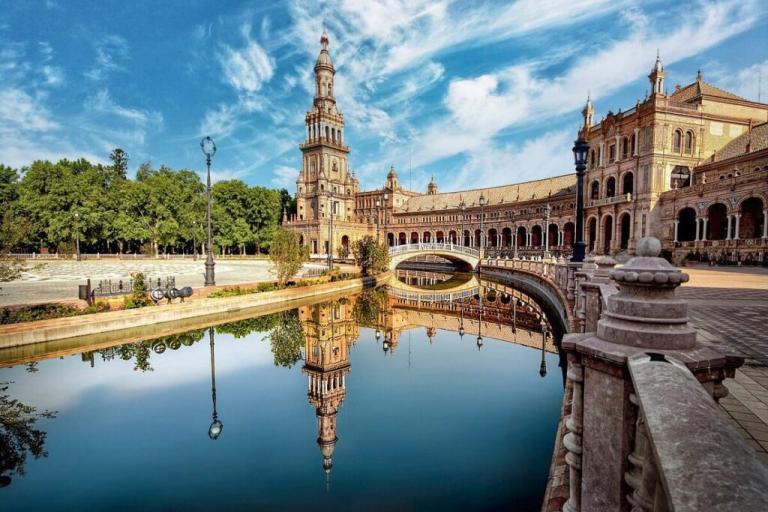
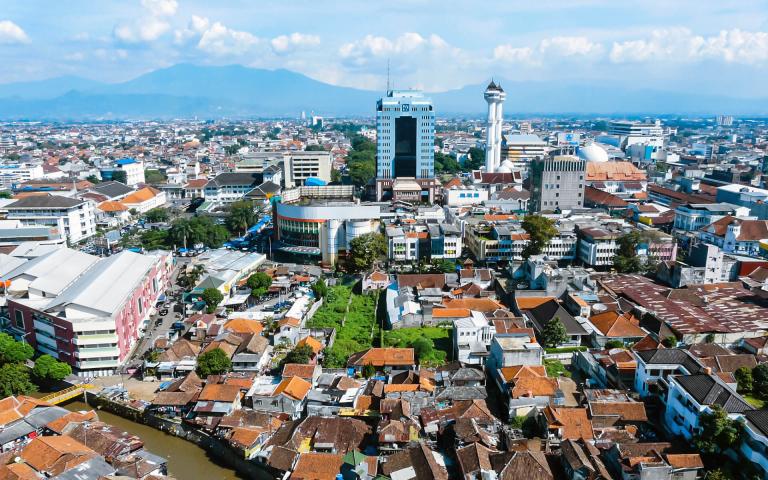
Bandung, the capital of West Java province in Indonesia, is a vibrant metropolis with a population over 11 million in its broader metropolitan region, rendering it the nation’s second-largest and second most populated urban hub. Located at an altitude of 768 meters above sea level, Bandung has a milder temperature than the majority of other Indonesian towns, a characteristic that has enhanced its appeal as a tourist destination and residential locale.
The city’s history is profoundly connected to Dutch colonial influence, commencing in the 18th century with the creation of tea plantations in the adjacent highlands. This agricultural advancement resulted in the establishment of a road from the plantation region to Batavia, presently referred to as Jakarta. With the expansion of the Dutch presence, Bandung’s significance increased. In the early 20th century, Bandung was given municipality status in 1906 in response to the aspirations of Dutch inhabitants. This started its evolution into a vacation city for plantation proprietors, bestowing upon it the moniker “Parijs van Java” or “The Paris of Java” because of its opulent hotels, restaurants, cafés, and European stores.
The post-independence period witnessed swift expansion and urbanization in Bandung. The formerly picturesque town transformed into a densely populated metropolitan region, housing over 8 million inhabitants. This expansion resulted in the development of contemporary infrastructure, encompassing skyscrapers, high-rise edifices, bridges, and gardens. This fast expansion resulted in issues, including the exploitation of natural resources, especially in protected upland regions, which were transformed into highland homes and real estate complexes.
Notwithstanding the urban challenges prevalent in many expanding towns, like waste management, floods, and traffic congestion resulting from insufficient road infrastructure, Bandung remains a magnet for substantial numbers of tourists, weekend visitors, and migrants from other regions of Indonesia. The city’s allure is diverse, encompassing its agreeable atmosphere, abundant cultural amenities, and economic prospects.
In recent years, Bandung has garnered acclaim for its environmental initiatives and technical progress. In 2017, the city received a regional environmental sustainability award for possessing the cleanest air among major cities in ASEAN. This accomplishment demonstrates the city’s dedication to harmonizing urban expansion with environmental preservation.
Bandung has adopted the Smart City idea, utilizing technology to augment governmental services and elevate the quality of life for its inhabitants. The city uses social media channels to notify inhabitants about concerns like floods or traffic congestion, exemplifying an innovative strategy in urban administration. Bandung has emerged as Indonesia’s principal technology hub, promoting innovation and drawing in skilled people and enterprises, extending its technical emphasis beyond civic services.
The city’s cultural importance is highlighted by its membership in the UNESCO Creative Cities Network since 2015. This acknowledgment underscores Bandung’s dedication to fostering creativity as a key element for sustainable urban development. The city’s creative sectors, encompassing design and digital arts, substantially enhance its economic and cultural framework.
Historically, Bandung was crucial in international diplomacy by holding the inaugural Asian-African Conference in 1955, also referred to as the Bandung Conference. This gathering, orchestrated by President Sukarno, convened newly independent Asian and African nations to foster economic and cultural collaboration and to resist colonialism. The conference’s legacy persists through decennial events, solidifying Bandung’s status on the international scene.
The city’s infrastructure is continually adapting to accommodate its expanding population and rising tourist count. The 2016 reconstruction of Husein Sastranegara International Airport enhanced air connectivity. The inauguration of the expansive Kertajati International Airport in June 2018 has markedly improved the region’s capability to accommodate international and domestic aircraft, bolstering Bandung’s position as a pivotal economic and tourism center.
Tourism is integral to Bandung’s economy and character. The city serves as a favored weekend retreat for Jakarta locals, providing an escape from the capital’s heat and bustle. Tourists are attracted to Bandung’s temperate highland environment, varied gastronomic offerings, economical fashion retailers, golf courses, and zoological park. The city has achieved notable recognition for its shopping prospects, with various factory outlets and local designer boutiques that provide fashion items at cheap costs, drawing both domestic and international tourists, particularly from Malaysia and Singapore.
The vicinity of Bandung has natural features that enhance the urban experience. The Tangkuban Prahu volcano crater to the north, the Kawah Putih volcanic lake, and Patenggang Lake encircled by tea plantations offer breathtaking vistas and outdoor leisure activities. The city’s natural marvels, together with its cultural offers and contemporary conveniences, provide a diversified and attractive destination for a broad spectrum of tourists.
Bandung’s dedication to environmental conservation is shown in the protected woodland regions encircling the city. The Bongkor protected forest, situated at an elevation of 1,500 meters and adorned with pine trees, provides tourists an opportunity to appreciate the area’s natural splendor within a brief drive from the city center. Likewise, the Taman Hutan Raya Ir. H. Djuanda offers a verdant area for enjoyment and education regarding indigenous flora and animals.
The city’s cultural legacy is maintained and shown in several museums, including the Geological Museum of Bandung, the Indonesia Postal Museum, the Sri Baduga Museum, and the Asian-African Conference Museum. These institutions provide insights into the region’s natural history, cultural evolution, and notable historical occurrences, enhancing the tourist experience and bolstering Bandung’s educational tourism sector.
Currency
Founded
Calling code
Population
Area
Official language
Elevation
Time zone
Indonesia, the biggest archipelagic nation, with a population over 280 million, rendering it the fourth most populated country in the world. This Southeast Asian nation is ideally located between the Indian and Pacific Oceans and encompasses over 17,000…
Jakarta, the capital and most populous city of Indonesia, is a vibrant metropolis with an estimated population of over 10.6 million residents inside its formal administrative limits. Strategically located on the…
Lombok, an island in Indonesia’s West Nusa Tenggara region, with an estimated population of around 3,963,842 as of mid-2023. This intriguing island, located east of Bali and west of Sumbawa, is a significant component…
Yogyakarta, the capital of the Special Region of Yogyakarta in Indonesia, is a distinctive metropolitan hub situated in the south-central region of Java island. As of mid-2023, Yogyakarta has a population of 375,699, consisting of 182,840…
Bali, a province of Indonesia and the westernmost of the Lesser Sunda Islands, with a population over 4 million and is strategically located east of Java and west of Lombok. This captivating island measures around 144…
Millions of visitors come to Spain annually because of its vibrant culture, fascinating past, and amazing scenery. Still, the real spirit of Spain is found…

While many of Europe's magnificent cities remain eclipsed by their more well-known counterparts, it is a treasure store of enchanted towns. From the artistic appeal…
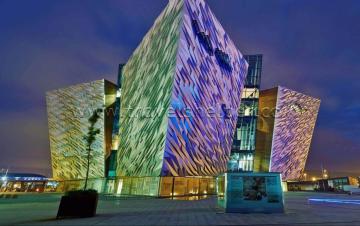
Discover the vibrant nightlife scenes of Europe's most fascinating cities and travel to remember-able destinations! From the vibrant beauty of London to the thrilling energy…
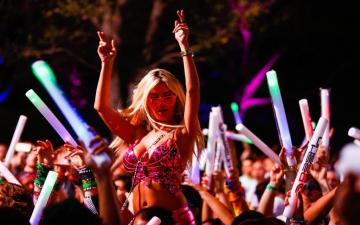
From Rio's samba spectacle to Venice's masked elegance, explore 10 unique festivals that showcase human creativity, cultural diversity, and the universal spirit of celebration. Uncover…

The 7 Wonders of the 21st Century feature amazing successes redefining human creativity and engineering capability. From the calm Temple of Buddha's Origin in Leshan,…
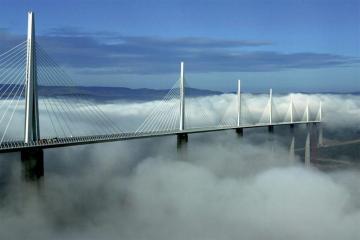
© All Rights Reserved. By Travel S Helper